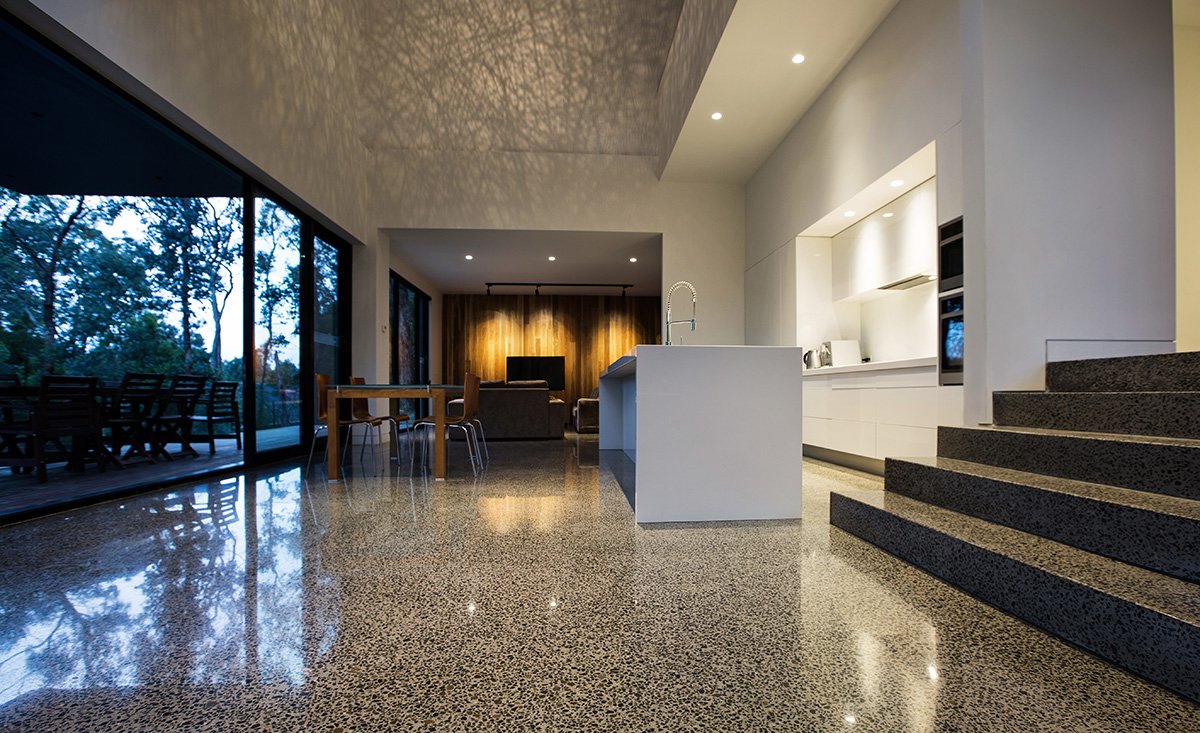Business
Hygienic Flooring: Ensuring Cleanliness and Safety from the Ground Up
When it comes to maintaining cleanliness and safety in various environments, one often overlooked but critical aspect is the flooring. Hygienic flooring plays a vital role in settings ranging from hospitals and laboratories to commercial kitchens and educational facilities. This blog explores the importance of hygienic flooring, its benefits, and the different types of flooring solutions available.
The Importance of Hygienic Flooring
Hygienic flooring is designed to meet strict health and safety standards, ensuring that spaces remain clean and free from harmful contaminants. In environments where hygiene is paramount, such as healthcare facilities, food processing plants, and schools, the right flooring can prevent the spread of bacteria, viruses, and other pathogens.
Benefits of Hygienic Flooring
1. Enhanced Cleanliness
Hygienic flooring is easy to clean and maintain, reducing the risk of contamination. Smooth, non-porous surfaces prevent dirt and bacteria from accumulating, making regular cleaning more effective.
2. Durability and Longevity
These flooring solutions are built to withstand heavy foot traffic, frequent cleaning, and harsh chemicals. This durability ensures a longer lifespan, reducing the need for frequent replacements and repairs.
3. Safety
Slip-resistant properties are a crucial feature of hygienic flooring, minimizing the risk of accidents and injuries. This is particularly important in environments like hospitals and kitchens where spills are common.
4. Aesthetic Appeal
Modern hygienic flooring comes in a variety of colors and designs, allowing businesses to maintain a clean look without sacrificing aesthetic appeal. This can create a more pleasant environment for both staff and visitors.
Types of Hygienic Flooring
1. Vinyl Flooring
Vinyl flooring is a popular choice for hygienic environments due to its durability, ease of cleaning, and resistance to moisture and stains. It’s available in a variety of styles, making it a versatile option for different settings.
2. Epoxy Flooring
Epoxy flooring provides a seamless, non-porous surface that is resistant to chemicals, water, and bacteria. It’s often used in laboratories, hospitals, and food processing facilities where stringent hygiene standards are required.
3. Rubber Flooring
Rubber flooring is known for its durability and slip-resistant properties. It’s also resistant to water and stains, making it a suitable choice for gyms, schools, and healthcare facilities.
4. Ceramic Tile Flooring
Ceramic tiles are easy to clean and resistant to moisture, making them ideal for bathrooms, kitchens, and other areas prone to spills. They also offer a variety of design options to suit different aesthetic preferences.
Choosing the Right Hygienic Flooring
Selecting the right hygienic flooring depends on the specific needs of the environment. Factors to consider include the level of foot traffic, the type of contaminants present, and the required maintenance routine. Consulting with flooring experts can help in making an informed decision that ensures both hygiene and safety.
Conclusion
Hygienic flooring is a crucial component in maintaining clean and safe environments. With a variety of options available, it’s possible to find a solution that meets the unique needs of any facility while providing durability, safety, and aesthetic appeal. Investing in the right flooring not only enhances hygiene but also contributes to the overall well-being of those who use the space.

















